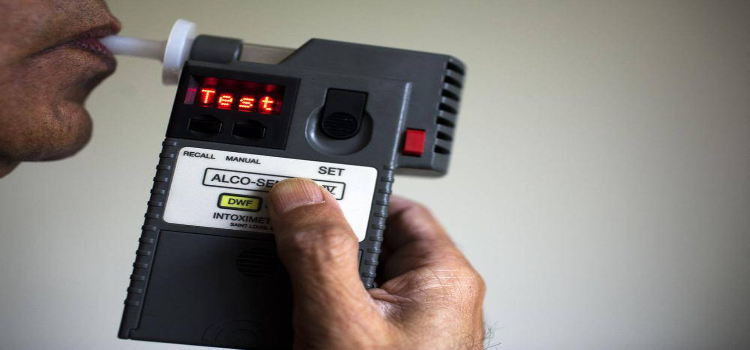Karachi Police is set to acquire breathalyser to address increasing ‘drunk driving’ incidents in the metropolis.
As per details, amid increasing drunk driving incidents in Karachi, Police has decided to acquire breathalysers to monitor alcohol levels among drivers.
According to DSP Saeed Arain – administrative officer at DIG Traffic Police Office, tender for the procurement of breathalysers has already been issued which will be later finalized by the approval from procurement department.
Around 90 breathalysers will be purchased in the first phase which will be provided to police personnel across the city for vigilance against driving under the influence of alcohol.
The development comes as currently there is no effective way of identifying if a driver is under the influence of alcohol.
Suspects of drunk driving are taken to government hospitals where a medico-legal conducts medical tests to check if the concerned individual is under alcohol influence or not.
What is a Breathalyser
A breathalyser is a device for estimating blood alcohol content (BAC) from a breath sample. Breathalysers do not directly measure blood alcohol content or concentration, which requires the analysis of a blood sample. Instead, they estimate BAC indirectly by measuring the amount of alcohol in one’s breath. In general, two types of breathalyzer are used.
Small hand-held breathalyzers are not reliable enough to provide evidence in court but reliable enough to justify an arrest. Larger breathalyzer devices found in police stations can then be used to produce court evidence.

Two breathalyzer technologies are most prevalent. Desktop analyzers generally use infrared spectrophotometer technology, electrochemical fuel cell technology, or a combination of the two.
Hand-held field testing devices are generally based on electro-chemical platinum fuel cell analysis and, depending upon jurisdiction, may be used by officers in the field as a form of “field sobriety test” commonly called “preliminary breath test” or “preliminary alcohol screening” or as evidential devices in point of arrest testing.
When the user exhales into a breath analyzer, any ethanol present in their breath is oxidized to acetic acid at the anode. At the cathode, atmospheric oxygen is reduced and the overall reaction is-in fact the oxidation of ethanol to acetic acid and water.
The electric current produced by this reaction is measured by a microcontroller, and displayed as an approximation of overall blood alcohol content (BAC) by the Alcosensor.














































